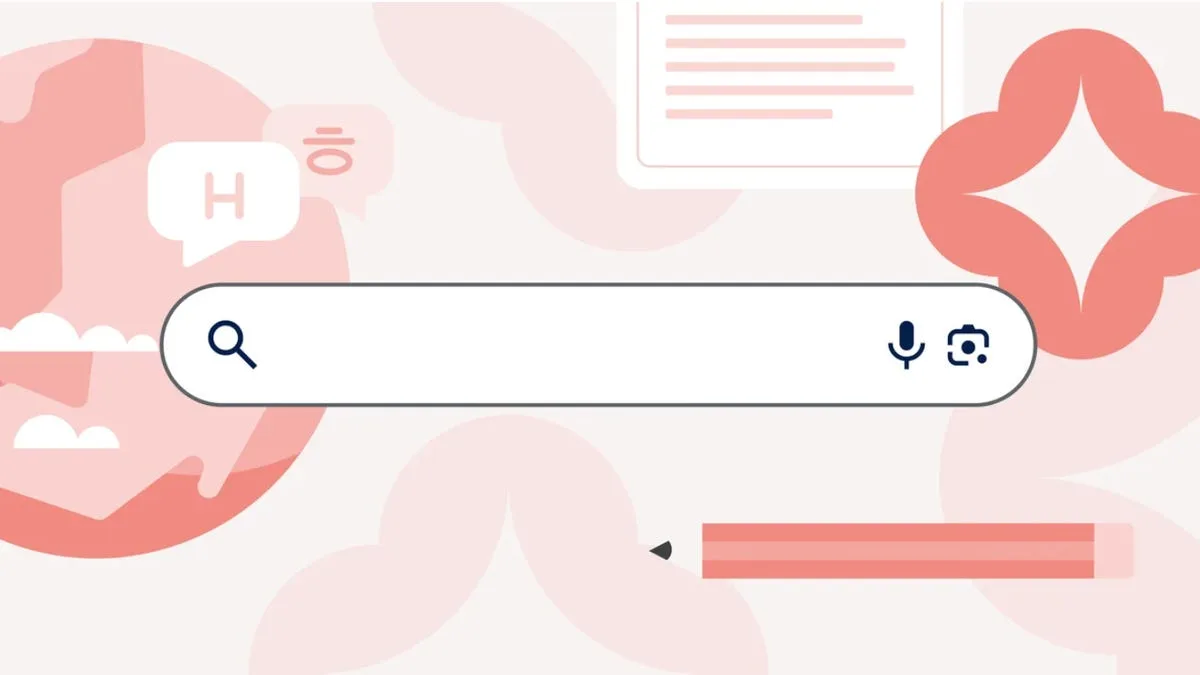Understanding AI: The Learning Misconception
What AI Really Means by ‘Learning’
What if we told you that artificial intelligence (AI) systems, like ChatGPT, do not actually learn in the way we typically understand the term? This revelation surprises many people.
Interestingly, AI systems often present themselves as learning systems. Various reports and academic papers echo this sentiment, leading to widespread misconceptions. Understanding the precise nature of AI ‘learning’ can enhance your productivity and foster responsible usage.
AI Does Not Learn Like Humans Do
Many misconceptions about AI arise from the use of terms that have specific meanings for humans, such as ‘learning.’ Humans learn through experiences, failures, new encounters, and surprising information, allowing us to remember and adapt our actions.
In contrast, AI systems do not learn in this experiential way. There are two significant differences between AI learning and human learning.
First and foremost, AI systems do not learn from individual experiences that enable them to comprehend things like humans. Instead, they ‘learn’ by encoding patterns from massive datasets using mathematical algorithms during a training process.
The Training Process Explained
Take large language models such as GPT-4, which powers ChatGPT. These models learn by encoding mathematical relationships between words (more accurately, tokens) in order to predict text formations. This pattern extraction occurs during a resource-intensive training phase with extensive data.
This method of ‘learning’ starkly contrasts with human learning processes. While it has drawbacks—such as AI’s frequent difficulties with commonsense knowledge—it also possesses immense strength. Large language models have been trained on text far beyond what any single human could comprehend, making them excellent at language-based tasks like writing, summarizing, coding, and conversing.
Once Trained, Learning Stops
Most AI systems, including ChatGPT, stop learning once they are built. It is accurate to assert that AI systems don’t learn at all after their initial training; they merely function based on their pre-established training. The ‘P’ in GPT explicitly stands for ‘pre-trained.’
Technically, AI systems like ChatGPT engage in what is known as ‘training-time learning’ during development, not ‘run-time learning.’ While some systems can adapt during usage (like Netflix’s recommendation algorithm), these adaptations typically apply to narrow tasks and are not a general learning mechanism.
Being ‘pre-trained’ effectively means that large language models are fixed in time; any updates to their training data necessitate costly retraining or fine-tuning, which means they don’t continuously learn from user interactions.
The Memory Constraint
ChatGPT does not retain information from your prompts in an ongoing manner. Out of the box, large language models don’t have memory; they can only recall data from a single session. Once a session ends, it starts anew, displaying a clean slate each time.
Although there are mechanisms to store user information for personalization, these are implemented at the application level. The AI model itself does not learn but remains unchanged until retraining is performed.
What This Means for Users
Understanding the nature of AI systems is crucial for effective interaction. Systems like ChatGPT function as language models, not knowledge models. While the mathematical processes encoded in them are impressive, they may not always offer reliable answers to knowledge-based questions.
Their primary strength lies in language manipulation. Users should not be surprised when they encounter outdated information or when ChatGPT doesn’t remember previous interactions.
The good news is that AI developers have devised clever solutions. For instance, some versions of ChatGPT can connect to the internet to provide real-time information by conducting web searches and integrating those results into their responses.
Additionally, some AI systems can remember user details to customize their responses further. However, this personalization does not mean the AI model learns or adjusts itself in real time. Instead, user data is stored separately and incorporated into prompts invisibly.
Ultimately, although users can personalize interactions, it is still not possible to teach the model or correct inaccuracies for future users. Recognizing that AI doesn’t learn in the same way humans do can inspire users to develop effective prompting strategies while treating AI as a helpful assistant that requires validation.
Conclusion
AI can be an incredible tool, but a clear understanding of its limitations is essential. By framing your interactions with AI appropriately, you will ensure better outcomes and enhance the assistant’s effectiveness.
FAQs
- Do AI systems learn from user interactions? No, AI systems like ChatGPT do not learn from individual interactions. They operate based on pre-trained models and do not update their knowledge in real time.
- What does ‘pre-trained’ mean in AI? ‘Pre-trained’ means that the AI has been trained on a vast dataset before being deployed, and it does not learn further once it is in operation.
- Can AI systems remember information from past interactions? No, in typical configurations, AI systems do not remember information from one session to the next.
- How do AI systems provide updated information? Some AI systems can connect to the internet to perform searches and provide current information, integrating those results into their responses.
- What should users keep in mind when using AI? Users should treat AI as a tool that requires oversight and validation, focusing on crafting effective prompts rather than relying solely on the AI’s outputs.







